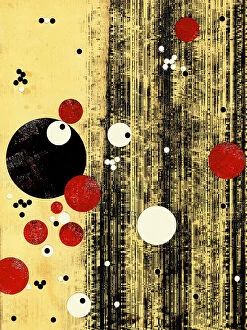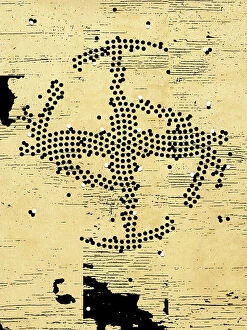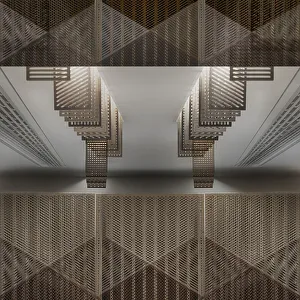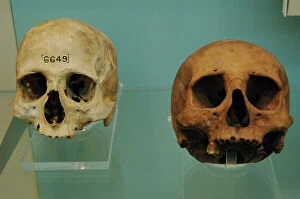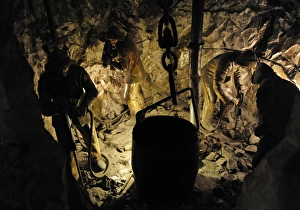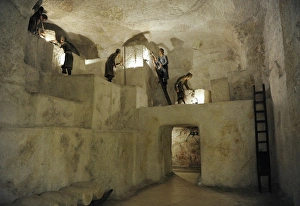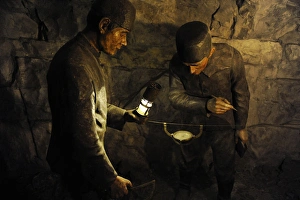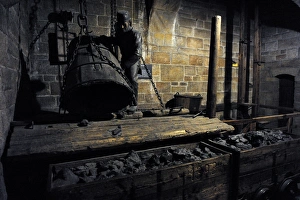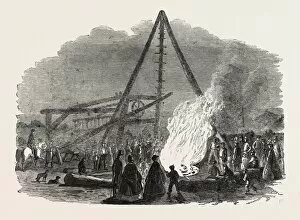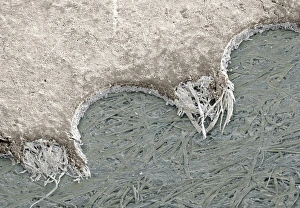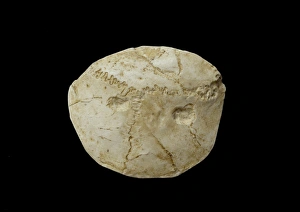Perforation Collection
"Unveiling the Art of Perforation: From Egyptian Skulls to Salt Mines" Discover the captivating world of perforation, where art and history intertwine in unexpected ways
All Professionally Made to Order for Quick Shipping
"Unveiling the Art of Perforation: From Egyptian Skulls to Salt Mines" Discover the captivating world of perforation, where art and history intertwine in unexpected ways. Journey back in time as we explore various instances where this technique has left its mark on our collective consciousness. Step into ancient Egypt, where skulls bear witness to the intricate practice of trepanning. These perforations served both medical and spiritual purposes, revealing a civilization's quest for understanding life's mysteries. Fast forward to artistic realms, where delicate perforations adorn masterpieces like tin-glazed vases from Hispano-Moresque Valencia. The interplay between light and shadow through these intricate patterns mesmerizes viewers even today. Venture underground to Wieliczka Salt Mine in Poland, an architectural marvel with its diorama showcasing the extraction process. Witness how artistic perforations merge with industrial functionality as miners drill through layers of earth to extract precious salt crystals. Travel further beneath the surface as we delve into mining's rich history. Experience the deafening sound of jackhammers drilling deep into rock formations or surveyors using compasses within dimly lit dioramas that bring coal mines vividly to life. Marvel at historical milestones such as the opening of Simplon Tunnel, immortalized in a vibrant lithograph depicting an attack on a last-perforated diaphragm. This engineering feat revolutionized transportation across Europe while highlighting the significance of precise perforation techniques. Immerse yourself in 1925 potash mine room work, witnessing laborers extracting valuable resources amidst challenging conditions. Their perseverance showcases how human ingenuity can overcome obstacles even within subterranean environments. Finally, gaze upon trepanned skulls from Denmark dating back thousands of years—evidence that humans have long explored cranial perforation for medicinal purposes or perhaps ritualistic practices during Neolithic times. Perforation transcends time and culture; it is an art form that has shaped our understanding of history, medicine, and industry.






